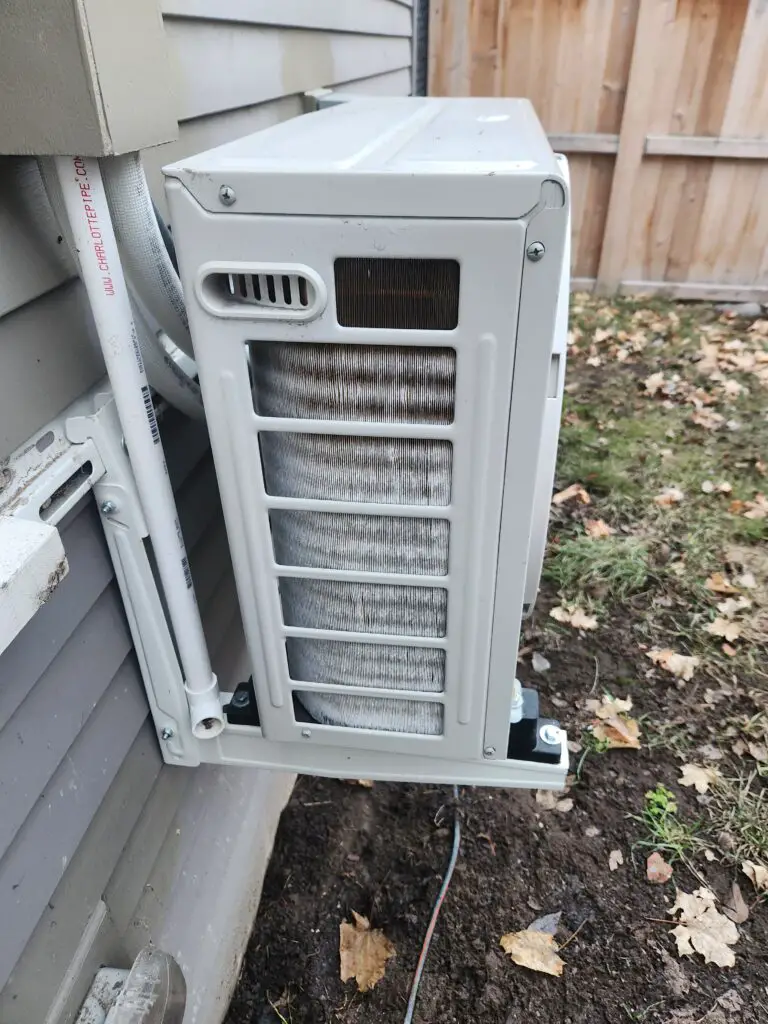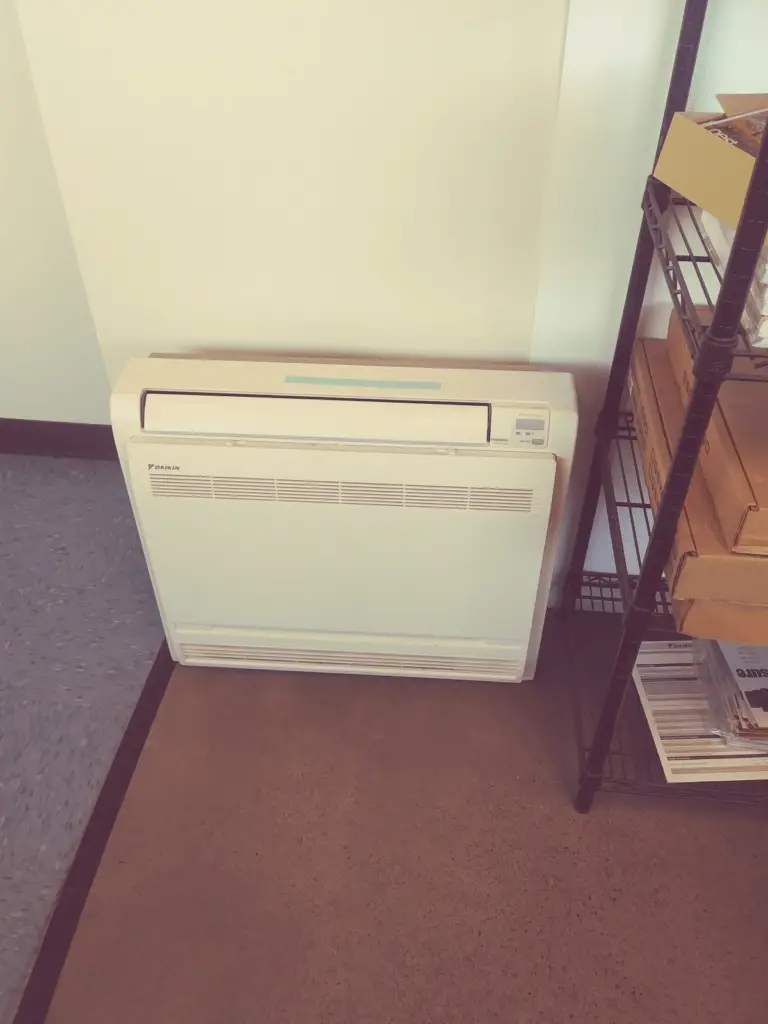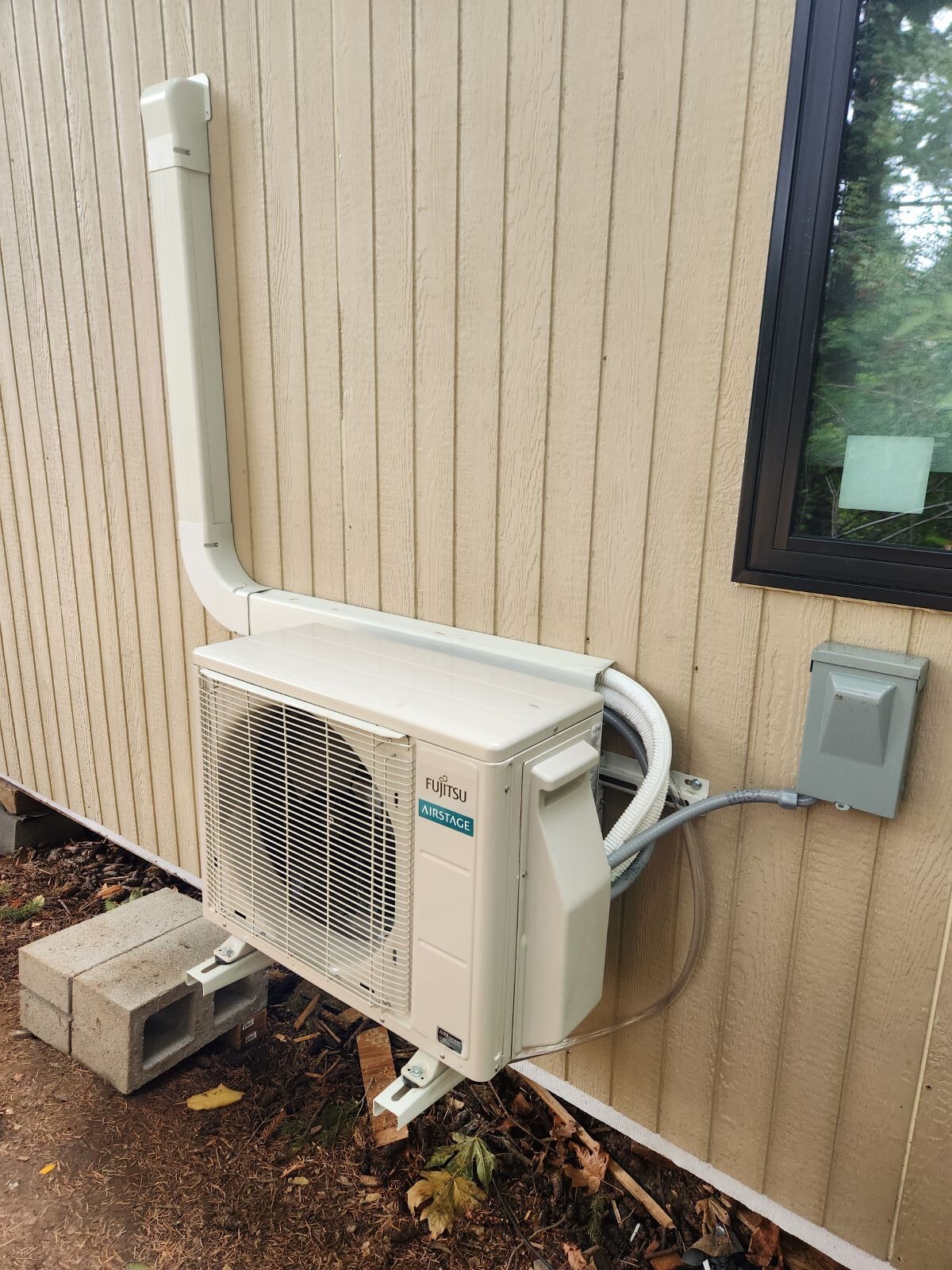Remorse is a condition we all experience when we look back on an experience and realize we could have done something better or different. That’s why I’m offering you some ideas to consider before diving into a mini split project that you want to enjoy when the project is completed and hopefully not experience that awful remorse.
I even wrote an article that lists 30 questions you should consider before investing in an HVAC system. You don’t have to ask 30 questions by any means, but it will give you an idea of what is practical to ask.
Remember that their is not a perfect answer for every situation. These are only suggestions related to my experience that I hope will enlighten you as to some of the questions and problems that can arise when installing a mini split system. I hope you will find them helpful.
Choosing the Right Mini Split Brand: Importance of Responsive Tech Support
I’m not particularly brand conscious when it comes to HVAC products and equipment (only when it comes to Ford and Chevrolet). Over the past 45 years I’ve been a dealer for many different brands. There is one guide line that I like to live by when buying heating and air conditioning units. Tech support needs to answer the phone when I call them.
A little bit of wait time for tech support is okay, that’s to be expected, especially during peak seasons. But lets be reasonable, time is a valuable commodity and if a company can’t staff their call lines then they have too many problems. You don’t want their equipment.
Optimal Placement of Mini Split Units: Noise and Efficiency Considerations
Placement of your mini split components is critical. In the wrong location they can cause issues with noise and inefficiency. My wife and I just returned home from a one year mission for our church. We lived in essentially a duplex with one mini split that served both apartments. Each apartment had it’s own thermostat that controlled individual air handlers to each apartment in the attic.

Naturally we got the apartment with the outdoor unit mounted on the wall outside of our bedroom window. The brand was LG and it made a variety of noises as it modulated through it’s cycles of heating and cooling. It’s possible that it could have been a little quieter had it been set on the ground on a pad sort of disconnected from the house.
I mount most of the mini split outdoor units I’ve installed on the wall, but I’m very careful where they are located. Not close to bedrooms or the easy chair where you relax and want piece and quiet. The single head units that are less the 24K BTU’s are generally so quiet you can hardly tell if they are running.
Understanding Mini Split Controls: How Remote And Thermostat Interact
Mini splits come with a remote just like the remote for your television. The remote is simply a control and is not the sensor for temperature. The sensor for room temperature is in the head or indoor unit on the wall. It senses the return air temperature that is entering the unit.
The remote should be pointed at the indoor unit to register the changes you want to make. It’s not a thermostat, it controls the thermostat. Usually you will hear a beep when the remote connects. I say usually because I can’t hear the beep, even with hearing aids.
Their are a lot of issues that can cause problems in controlling the temperature in a room. For instance an indoor unit mounted on a wall that gets sun light at certain parts of the day. Any appliance that generates heat under the unit can cause huge swings in temperature.
A 24 Volt interface could be a solution for problems with controlling temperature. This interface can allow you to connect most any 5 wire thermostat and locate it in an area of the room that would be more conventional like a standard furnace thermostat. You would have to run a thermostat wire through an attic or crawl space and figure how to do that.
Adding that interface could also allow you to have a WIFI thermostat. My favorite is the Honeywell 8000 Pro Touchscreen. You can see it HERE (#ad). This stat will show inside and outside temperature and humidity and allow you to monitor your home setting from afar on you phone.
Just recently talked to a friend that had a new house built with mini splits as the main source of heat and cooling. About 5 heads located throughout the house. He mentioned the only thing he didn’t like is you can’t have heat in one room and cooling in another. They are either all in heat mode or all in cool mode.
It was that way in our apartment also. If we wanted heat, the neighbor could only have heat because we had the master control. If the neighbor wanted cooling he had to knock on our door and plead us for some cooling.
Sizing Your Mini Split: The Need for Professional Load Calculations
There is a rule of thumb for sizing a mini split. Problem is a rule of thumb doesn’t fit all areas of the world. Just in the US we have multiply load differences from north to south and even east to west. We have areas with high and low humidity. You’d be really upset with me if I gave you a rule of thumb and we got it wrong. So here’s a
I’d have to make lots of assumptions about your home. Is your home average or above for insulation, has double pane windows, and no critters can crawl in and out of the cracks in the doors? This leaves us with only one safe way to estimate (wrong word) get it right. Hire someone to do a manual J calculation. Or get bids and insist on proper load calcs.
A mini split will also modulate or run on a lower speed which facilitates slightly over-sizing a system taking into consideration that you may have open hall ways to open bedrooms, then a little oversizing would be okay. Their is just a lot to consider and this is where you need a professional or two to poke some bids in front of your eyes and let them give you of they’re experience and knowledge.
Multi-Room Coverage: How Many Indoor Heads Can One Outdoor Unit Support?
This is a generic question because the number of heads that a mini split can handle will depend on the brand of mini split you are researching. Another way of stating this question is to say how many rooms can one outdoor unit handle. Some say as many as eight heads and others less than that.
It may be that you have a great room and want or require more than one head in an area. Their are alternatives to the type of head or indoor unit. Cassettes, ducted attic units and floor consoles are among the other ideas you may consider. I’ve never installed anything except the wall mounted units. But being in the industry I hear and see things that give me a little insight into the pros and cons of each.
The cassette units mount usually in the middle of a room tucked into the ceiling flush with the sheet rock or finished ceiling. Like a large register with the return in the center and supply around the perimeter. Since I don’t have an actual picture I like to use Amazon to show you an image so you can visualize what I’ve just described.
So click HERE (this is an ad) if you want to see one. No cost to you unless you buy one. You can install multiple cassette units also just like the wall mounted style. I hear a lot of people including my wife complain about the unsightliness of the wall mounted units but as you see there are options.
I know from service call the cassettes are difficult to work on and draining condensation lines is a trial. But all parts of mini splits are somewhat difficult to repair and service because they are so compact unlike a full house system.
Ducted attic units are a feasible option. I just don’t like equipment or duct work installed in attics and crawl spaces. We’ve been doing it for years and it always results in some of the most disgusting air quality issues. We had a bad smell in an apartment where we were on our mission in Illinois and it turned out to be mold growing in the ducted mini split in the attic.
The other negative about attics and crawl spaces is the huge temperature swings for attics and the nasty stuff in crawl spaces. Attics are extremely cold in the winter and very hot in the summer. Those units absorb that climate and it’s a gigantic efficiency loss. Some areas of the country are not allowing units in
Floor consoles are another very efficient option, especially were wall space is lacking. I have an actual picture this time.

A couple of things to consider with the floor mounted indoor cassette unit. Because it close to the ground it will collect more dust than the head mounted up on the wall and may require filter cleaning more often. Also they are considerable more money that the wall unit. You need to consider that the area in front of the floor console will need to be clear of obstructions to allow for proper air flow.
Mini Split Line Set and Condensate Routing: Installation Considerations
The line set is merely the copper tubing that connects the indoor head and the outdoor condenser or heat pump. Running and covering the line set is probably the most difficult part of installing a mini split system.
Mini split line sets can be run in many different ways. During new construction line sets can be run inside walls which eliminates the unsightly appearance of the lines running exposed. Even with line set covers that are meant to protect and improve the looks. Most mini splits you see will have the line set running exposed.
Some of the most common installations have line sets run in attics or in crawl spaces. When line sets are run in attics or crawl spaces they generally have some of the line set exposed on the inside and outside of the home.
Condensation Management in Mini Splits: Best Practices for Mounting
Condensation is a critical issue when it comes to air conditioning. It’s a deciding factor when deciding upon which wall to mount the mini split head. Not only that, great care has to be taken when selecting the proper tubing and how that tubing exits the unit.
If you select an inside wall to mount the head then chances are the only option to get rid of condensation is to include a condensation pump. You can see the pump on the bottom right of the head in the image below. The pump allows you to pump the condensate water up and out when you can’t achieve a natural flow of down and out.

Pumps can be troublesome. They can sometimes be noisy and it they leak then water can stain or damage the wall. But indoor heads can leak also when not maintained, even when a pump is not required. So whenever you have a choice, don’t mount your indoor head on an inside wall. Outside walls allow you to run the condensate directly outside and down using gravity to dispose of the moisture.
Mini Splits in Cold Climates: Selecting Units for Low-Temperature Efficiency
My county where I currently live has decided to only allow mini splits designed to work below zero degrees Fahrenheit. I’ve mostly installed Fujitsu mini splits because the distributor is easy to work with and Fujitsu makes a unit good to negative 15 degrees. Those models that work in low temperatures can be quite expensive.
Supplemental heat of some type is important in areas of extreme cold. Most homes here use those tuck-in or electric cassette heaters. They can be expensive to operate but are not so bad when used just as backup to a mini split heat pump. The electric wall heaters can also take a little chill of a bedroom that may be located a ways away from the mini spit head.
Distance Between Indoor and Outdoor Mini Split Units: Manufacturer Specifications
This is where some installations can get a little bit tricky. The distance between indoor and outdoor units and the length of the refrigeration lines or line set as we call it in the industry. There are important restrictions that need to be understood. But, it’s not a cookie cutter answer. Every manufacturer has their own specifications.
The best advice I can offer is that once you have decided upon a brand then look up that manufactures specification relate to line set length. If their instructions don’t seem to answer your question then call their tech support line. If they don’t respond, find a different brand.
Electrical Requirements for Mini Splits: DIY vs Professional Installation
Most home owners don’t realize that they can do their own electrical wiring. The only requirement is to get a permit from your local building department and follow your local electrical codes. But that’s not for everybody since a lot of people have a heightened fear of electricity or they just don’t want to fool with it and in that case you will need an electrician.
In some areas the installing HVAC company is allowed to run a circuit so that’s a question you will have to ask whoever you decide to work with. Perhaps you can have one contractor do the whole job. In my county I’m required to use an electrician.
Permit Requirements for Mini Split Installation: Local Regulations Matter
This is another question that does not have a cookie cutter answer. I just spent a year working in a county that only requires permits for roofing and plumbing. I have to admit I saw some awful craftsmanship. A lot of homeowners only know one thing when a new system is installed, does it work as expected?
That’s why we always used to say “the best day in the life of a heat pump is the day it was installed”. Meaning, did the installer have the knowledge and skill to perform his or her job with integrity enough to make sure the units were installed correctly in the hidden areas that a home owner or even an inspector cannot see. If you care to read more about permits here’s a link to another article I wrote on that subject.
Conclusion: I tried to cover the important stuff with installing mini splits. I could have missed something, if so don’t hesitate to reach out and ask questions. I’m usually quick to respond and love to talk with the people that read my articles. All my contact information is on the bottom of every page. Thanks for reading.

